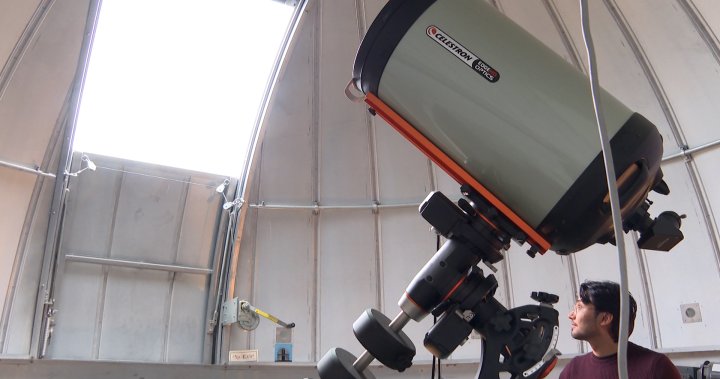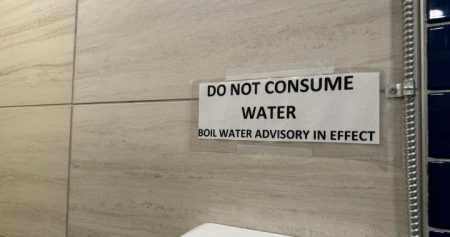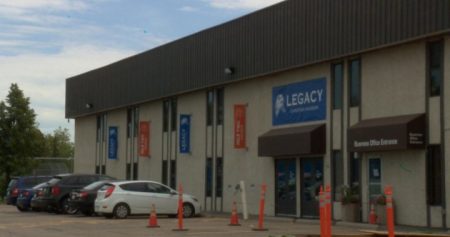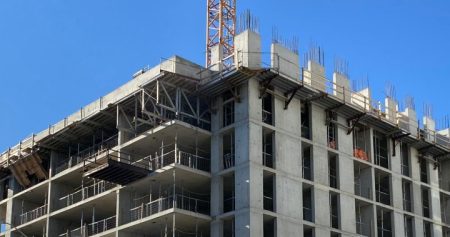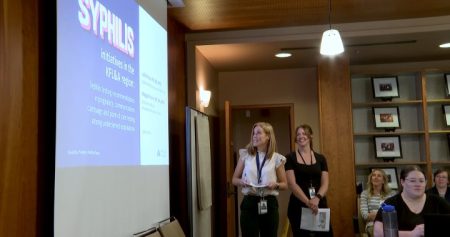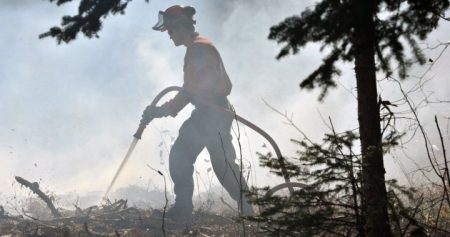Over 100 years after its first observatory was established in 1854, the city of Kingston still attracts visitors to its current facility at Ellis Hall at Queen’s University. The original observatory was located at City Park in the 1800s, although there are no existing photos to prove its existence. A plaque from the Ontario Heritage Foundation is the only evidence of Kingston’s astronomical origins. Former university staff member Bernard Ziomkiewiez, who maintained the current observatory, noted that artifacts from the original site include telescopes with clockwork mechanisms to keep objects in focus as the Earth rotates. The original observatory moved to the university in the early 1900s before being demolished to make way for a building. Subsequent observatories faced a similar fate until the current one was built in the 1960s.
The current observatory at Ellis Hall is used for student labs and educational outreach. Monthly open houses are held for the general public, during which visitors can listen to talks about astronomy and look through the telescope. Lawrence Faria, a student at Queen’s University and one of the observatory’s coordinators, mentioned that the feedback from these open houses has been positive. As a student of astronomy, Faria believes that being part of the observatory is a rewarding experience. He described astronomy as a magical endeavor that allows astronomers to uncover the mysteries of the universe by gazing up at the stars all night.
The observatory at Queen’s University continues to attract visitors due to its educational and outreach programs, as well as its monthly open houses for the public. The rotating dome and automatic telescope at Ellis Hall provide opportunities for individuals to learn more about astronomy and observe celestial objects. The observatory has become a vital resource for students, researchers, and the general public interested in exploring the wonders of the night sky. Through its various programs and events, the observatory aims to engage and inspire individuals to develop a deeper appreciation for astronomy and the universe.
Despite the lack of visual evidence of the original observatory’s existence, the legacy of Kingston’s astronomical roots remains strong at Queen’s University’s observatory. The current facility stands as a testament to the city’s commitment to fostering curiosity and knowledge about the cosmos. The observatory’s history of serving as an educational hub and community resource demonstrates its ongoing relevance in advancing science and astronomy in the region. By providing access to advanced telescopes and educational programs, the observatory continues to play a pivotal role in inspiring the next generation of astronomers and scientists.
As one of the coordinators of the observatory, Lawrence Faria emphasized the importance of astronomy in uncovering the secrets of the universe. He described astronomy as a captivating field that allows individuals to explore the unknown and make groundbreaking discoveries. Faria highlighted the unique opportunity that astronomers have to observe celestial phenomena and unravel the mysteries of the cosmos. By actively engaging with the public through open houses and educational initiatives, the observatory at Queen’s University aims to foster a sense of wonder and curiosity about the universe among visitors of all ages.
In conclusion, the observatory at Queen’s University in Kingston continues to serve as a hub for astronomical research, education, and outreach. The facility’s rich history and dedication to promoting interest in astronomy make it a valuable resource for students, researchers, and the general public. Through its open houses and educational programs, the observatory provides a platform for individuals to explore the wonders of the night sky and deepen their understanding of the universe. As a focal point for astronomy in the region, the observatory plays a vital role in inspiring future generations of scientists and fostering a sense of wonder and curiosity about the cosmos.









